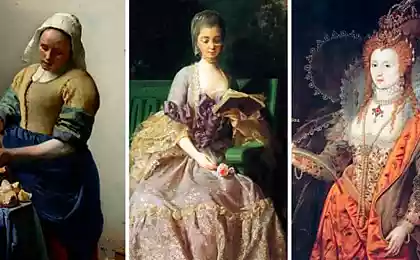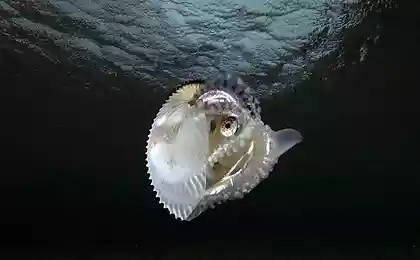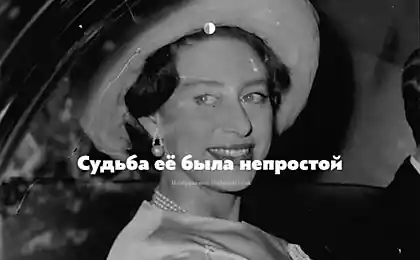1520
African Princess
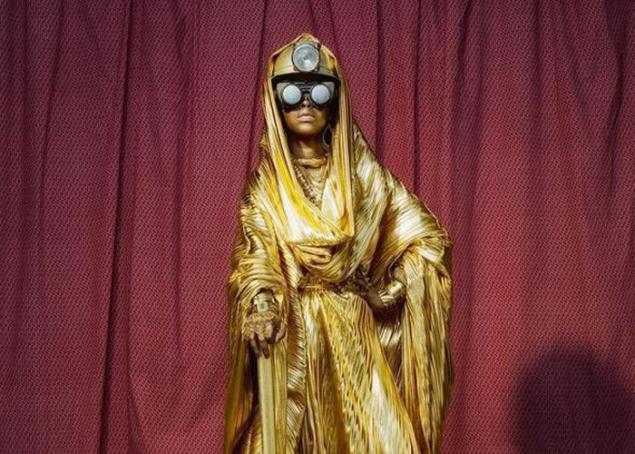
Princess Tlholo. Clan Fufuzimbele. At an altitude of almost 3,000 meters, in the north is the ancient Lebombo Afromontansky forest, where he lives Fufuzimbele clan. Dressed in traditional plaid and local headdress, clan members consider themselves to be the spiritual successor to the British kaereni tribe that existed in the west Highlands during the Iron Age.

Princess Zinhle. Tribe lettsembaba. On zatvorkah plant producing carbon black is lettsembaba tribe. After the earthquake of 2006, members of the tribe in search of coal migrated to the south, where he lives to this day. Necessary for the production of tires soot is also used by members of the tribe - men inflict it on the face and body during courtship. It is believed that the darker the color of soot, the more the young man a chance to be selected Zinhle princess and become a future leader.

Princess Gugu. Tribe MOV. Ancient baobabs in low Velde near the town of Musina more than 5000 years. The last 600 were home to a tribe or MOV, as it is called in the people, "people-birds." Towering above the ground at 25-30 m, baobabs are an excellent viewing platform and offer excellent visibility compared to other trees, as well as protect against floods and wandering predators.

Princess Puleng. Tribe zimazugu. For militant tribe zimazugu fire - a real symbol of the earth. Using his fierce heat zimazugu able to achieve the best blacksmiths pleading. Their weapon strikes fear its strength and durability. And admire them, and fear at the same time. In the field of warring Gauteng often it is an attribute of "masculine conversation».

Princess Sekgolohane. Tribe pokokakayuris. Pokokakayuris terrible tribe wandered and expanded, traveling on horseback, until settled on Magaliesbergskom plateau. Trading old appliances and copper, members of the tribe took the wealth of fashion pop culture, but to rethink its format in its history, transmitted from one generation to the youth and shamans.

Princess Thembisa. Pfongputu Dynasty. Sacred talisman nomadic and prosperous dynasty Pfongputu - Robin-chat - see not easy, but it's worth it. This bird is able to simulate and emulate the singing more than 20 species of other birds in their natural habitat. After the tribal conflict in 1682 near Cape Town formed settlements, where now lives Princess Thembisa - goddess Pfongputu dynasty. It is an example of content wardrobe forefathers whose contents sheds light on the history of the expulsion of the tribe and its attempts to live in peace and privacy.
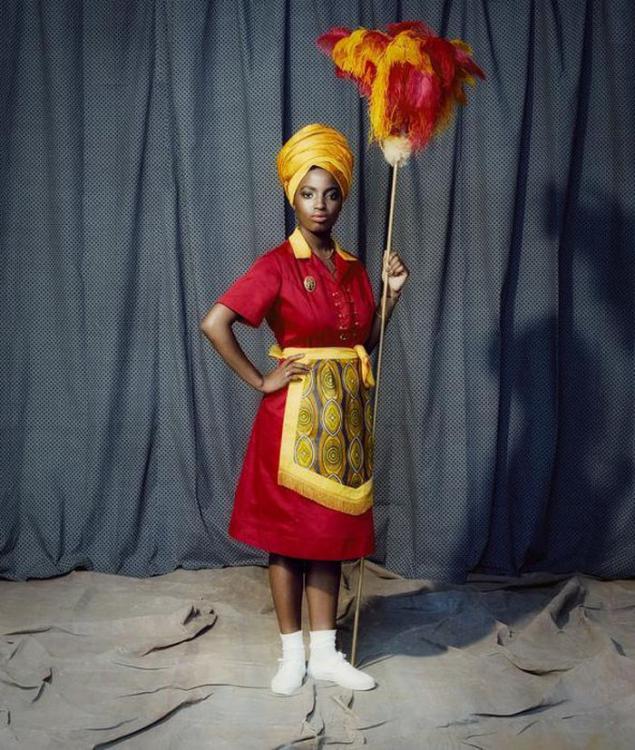
Princess Nomuula. Tribe mzumpufufu. Resisting the invaders during the Great War in 1902, superstitious tribe members killed mzumpufufu dressed in his clothes - to demonstrate their strength. According to legend, the reason of force and power mzumpufufu that the members of the tribe ate the flesh of fallen enemies. Princess Nomuula took the reins in his hands after the death of his father, His Majesty Bonbugve.

Princess Langalibalele. Tribe ndogufolpumpu. Dwelling in the land of sun and golden amber, ndogufolpumpu, the richest and covert of the tribes living in that produces deep underground gold and precious minerals. Having a well-developed infrastructure, ndogufolpumpu adapted to the production of all of the above in total darkness, appearing on the surface of the earth only to carry out diplomatic missions and making detachment of marriage.

Princess Motlalentva. Tribe zikifeleduda. Nomadic people savannah Baviansklof honors Princess Motlalentvu as the embodiment of the spirit of wandering Nguni. Showing a symbol of great power and prosperity in the tribal culture zikifeleduda Nguni valued as a source of wealth and worship, and also mentioned in the legends.

Princess Malefu. Kokozidilepha Dynasty. The true inhabitants of the Limpopo River, members of the dynasty Kokozidilepha believe that the spirit of the great survivor lives in the ebb and flow of water. According to legend, the life-giving properties of water are the cause of eternal youth Malefy princess and her magnificence.


